Beijing (Chinese: 北京), is the capital of the People’s Republic of China. It is the world’s most populous national capital city, with over 21 million residents within an administrative area of 16,410.5 km2 (6336 sq. mi.). It is located in Northern China, and is governed as a municipality under the direct administration of the State Council with 16 urban, suburban, and rural districts. Beijing is mostly surrounded by Hebei Province with the exception of neighboring Tianjin to the southeast; together, the three divisions form the Jingjinji megalopolis and the national capital region of China.

Beijing, China
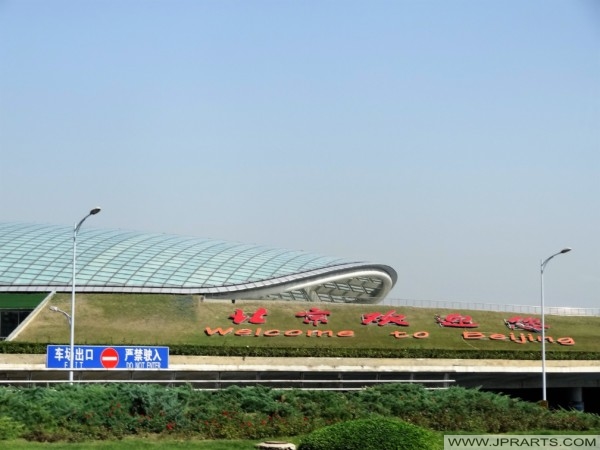
Peking, China
中国北京
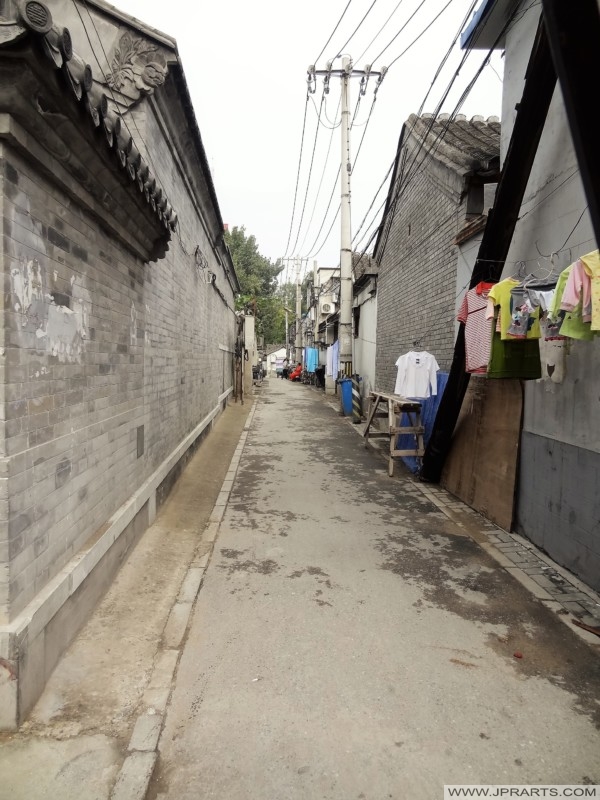
Beijing is a global city and one of the world’s leading centres for culture, diplomacy and politics, business and economics, education, language, and science and technology. A megacity, Beijing is the second largest Chinese city by urban population after Shanghai and is the nation’s cultural, educational, and political center. It is home to the headquarters of most of China’s largest state-owned companies and houses the largest number of Fortune Global 500 companies in the world, as well as the world’s four biggest financial institutions by total assets. Beijing is the “billionaire capital of the world” with the highest number of billionaires living in the city. It is also a major hub for the national highway, expressway, railway, and high-speed rail networks. The Beijing Capital International Airport has been the second busiest in the world by passenger traffic (Asia’s busiest) since 2010, and, as of 2016, the city’s subway network is the busiest and longest in the world. The Beijing Daxing International Airport, a second international airport in Beijing, is the largest single-structure airport terminal in the world.
Pékin, Chine
Пекин, Китай
بكين، الصين
Combining both modern and traditional style architectures, Beijing is one of the oldest cities in the world, with a rich history dating back over three millennia. As the last of the Four Great Ancient Capitals of China, Beijing has been the political center of the country for most of the past eight centuries, and was the largest city in the world by population for much of the second millennium AD. With mountains surrounding the inland city on three sides, in addition to the old inner and outer city walls, Beijing was strategically poised and developed to be the residence of the emperor and thus was the perfect location for the imperial capital. The city is renowned for its opulent palaces, temples, parks, gardens, tombs, walls and gates. It has seven UNESCO World Heritage Sites, the Forbidden City, Temple of Heaven, Summer Palace, Ming Tombs, Zhoukoudian, and parts of the Great Wall and the Grand Canal, all of which are popular tourist locations. Siheyuans, the city’s traditional housing style, and hutongs, the narrow alleys between siheyuans, are major tourist attractions and are common in urban Beijing.
Pekin, Çin
The city of Beijing has had numerous other names. The name Beijing, which means “Northern Capital” (from the Chinese characters 北 for north and 京 for capital), was applied to the city in 1403 during the Ming dynasty to distinguish the city from Nanjing (the “Southern Capital”). The English spelling Beijing is based on the government’s official romanization (adopted in the 1980s) of the two characters as they are pronounced in Standard Mandarin. An older English spelling, Peking, is the postal romanization of the same two characters as they are pronounced in Chinese dialects spoken in the southern port towns first visited by European traders and missionaries. Those dialects preserve the Middle Chinese pronunciation of 京 as kjaeng, prior to a phonetic shift in the northern dialects to the modern pronunciation. Although Peking is no longer the common name for the city, some of the city’s older locations and facilities, such as Beijing Capital International Airport, with the IATA Code PEK, and Peking University, still retain the former romanization. The single Chinese character abbreviation for Beijing is 京, which appears on automobile license plates in the city. The official Latin alphabet abbreviation for Beijing is “BJ”.
Bắc Kinh, Trung Quốc
중국 베이징
Visit China Travel to Book Flights and Hotels Cheap Online
Visit Cheap Webshop to Read and See more about Beijing




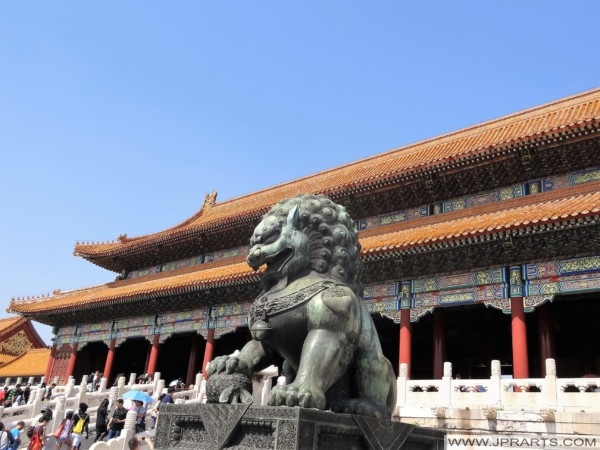
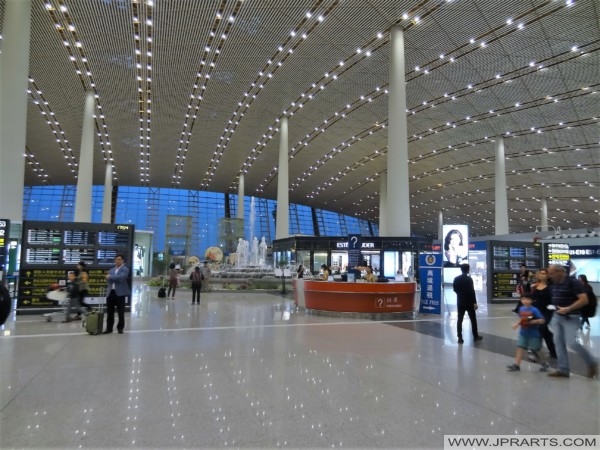
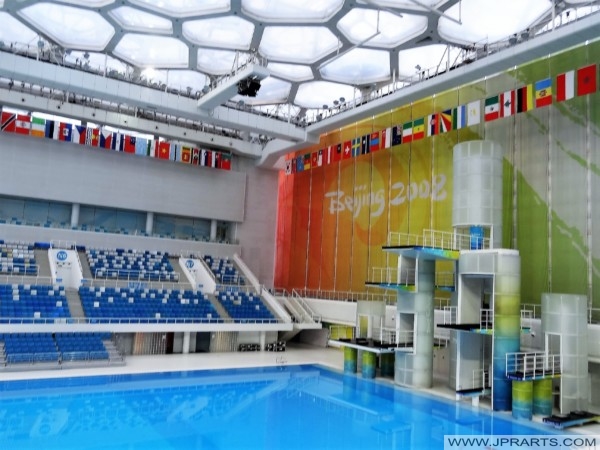

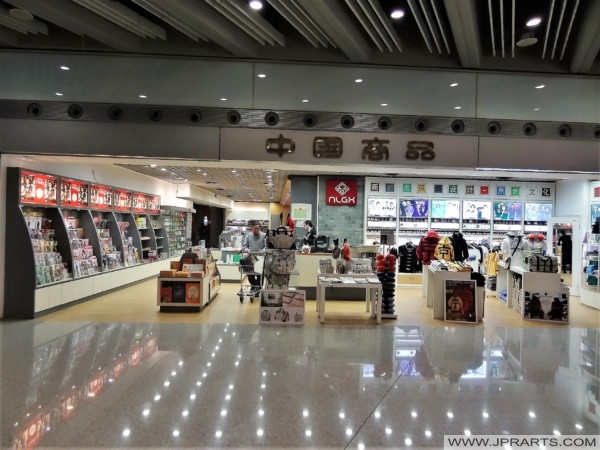
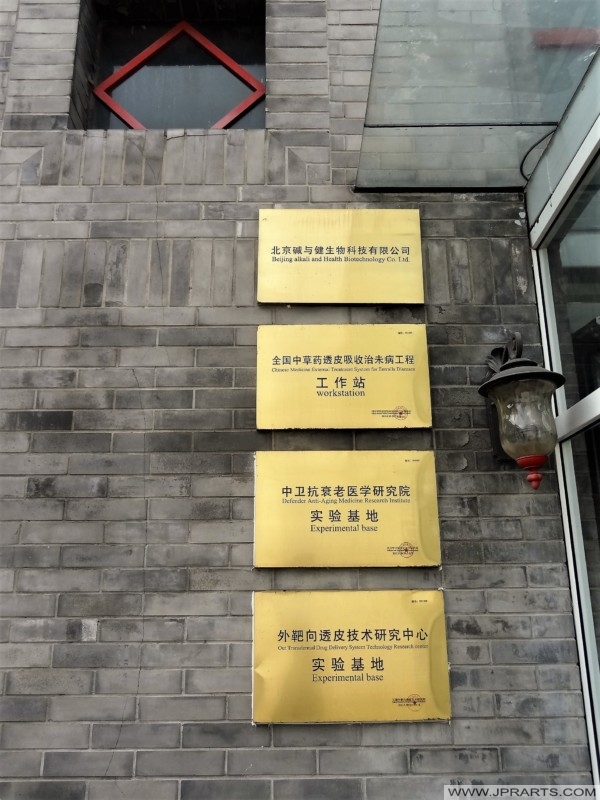
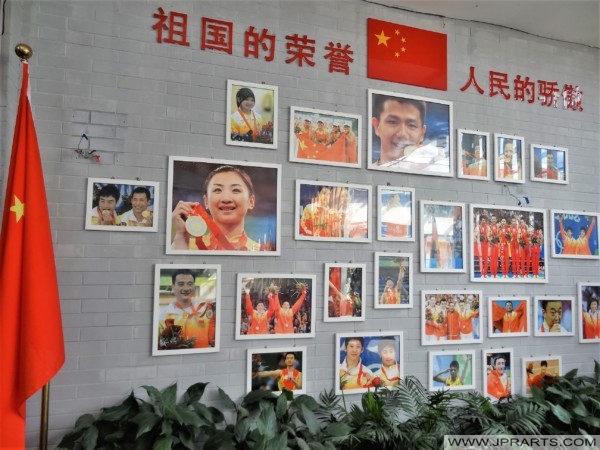
.jpg)